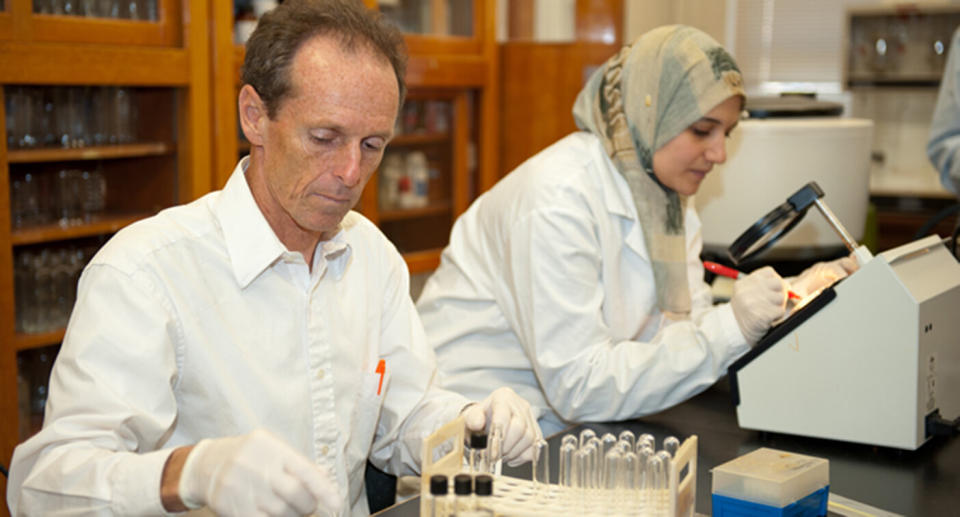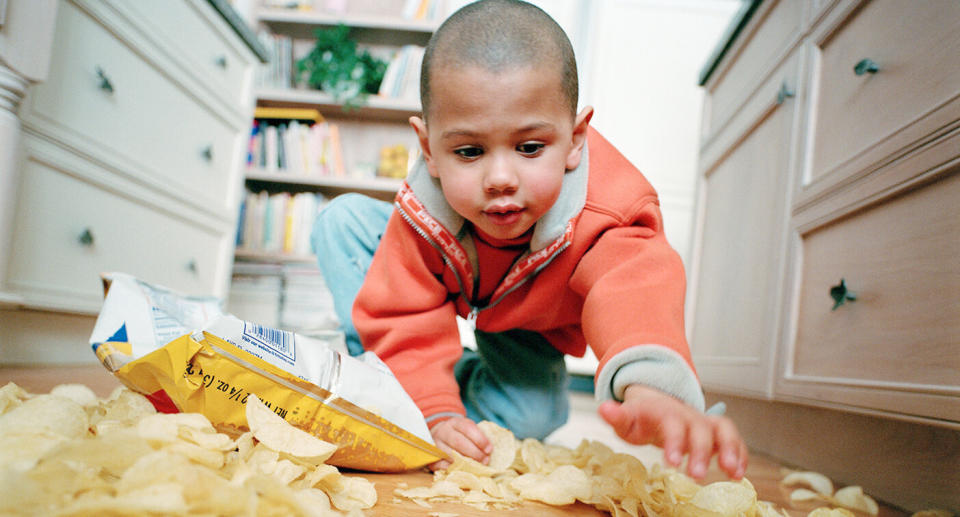Does the five second rule count when you drop food?
Most of us have found ourselves in a clumsy moment of dropping a tasty treat on the floor and the inevitable question runs through through your head: “Does the five second rule count?”
Urban dictionary defines the common phrase as “An unwritten law dictating that if a food is dropped onto the floor, it may be picked up up and eaten within five seconds. The reasoning behind this is that dirt and germs take six seconds to transfer from one surface to another.”
My dinner fell on the floor 😩🍣⤵️ #sushisadness #fivesecondrule? pic.twitter.com/esH9ORz5v5
— Laura Heywood (@BroadwayGirlNYC) January 6, 2018
Does it matter how long your fallen food was on the ground for? Does it make a difference if the food is sticky? Does it matter what type of surface the food landed on?
Some curious scientists have done the research and the answer may surprise you.
According to Professor Paul Dawson of the food safety and nutrition program team at Clemson University in South Carolina, all the questions asked were worthy of the experiment.
In 2017 Professor Dawson and his research team used dry and damp food to drop onto three different surfaces that were smeared a mixture of different types of salmonella.

The surfaces tested were carpet, wood and laminated tile and the food used was dry bread and lunch meat.
In less than five seconds there was a bacterial transfer significant enough to ‘infect’ someone who consumed the contaminated food, and that risk increased the longer the food stayed in contact with the contaminated surface.
So the faster your reflexes are picking up your dropped food, the more likely it is that you won’t do any serious harm eating it.
But which surface is the best for followers of the five second rule?

Which surface presents less risk?
Carpet was shown to be the most ‘hygienic’ surface to drop your food.
Professor Dawson explained that this is most likely due to the “salmonella mixture” sinking deep into fibres of the carpet but with tile and wood, the bacteria stayed on the top surface which led to more direct contact with food.
The study also found that wet or damp foods were more likely to pick up bacteria, regardless of the surface it came into contact with.

The important factor to take away from these studies, is that they were completed in a controlled environment.
Hygienic labs were used to carry out the experiment, so unless you live in a sterile environment, all followers of the five second rule should take into consideration how much bacteria is already lurking on the floor in your home.
And of course, no amount of research will ever be able to answer the rhetorical question: If you eat something that you dropped on the floor and nobody is around to see you drop it – did it really fall on the floor?
Do you have a story tip? Email: newsroomau@yahoonews.com.
You can also follow us on Facebook, download the Yahoo News app from iTunes or Google Play and stay up to date with the latest news with Yahoo’s daily newsletter. Sign up here.



